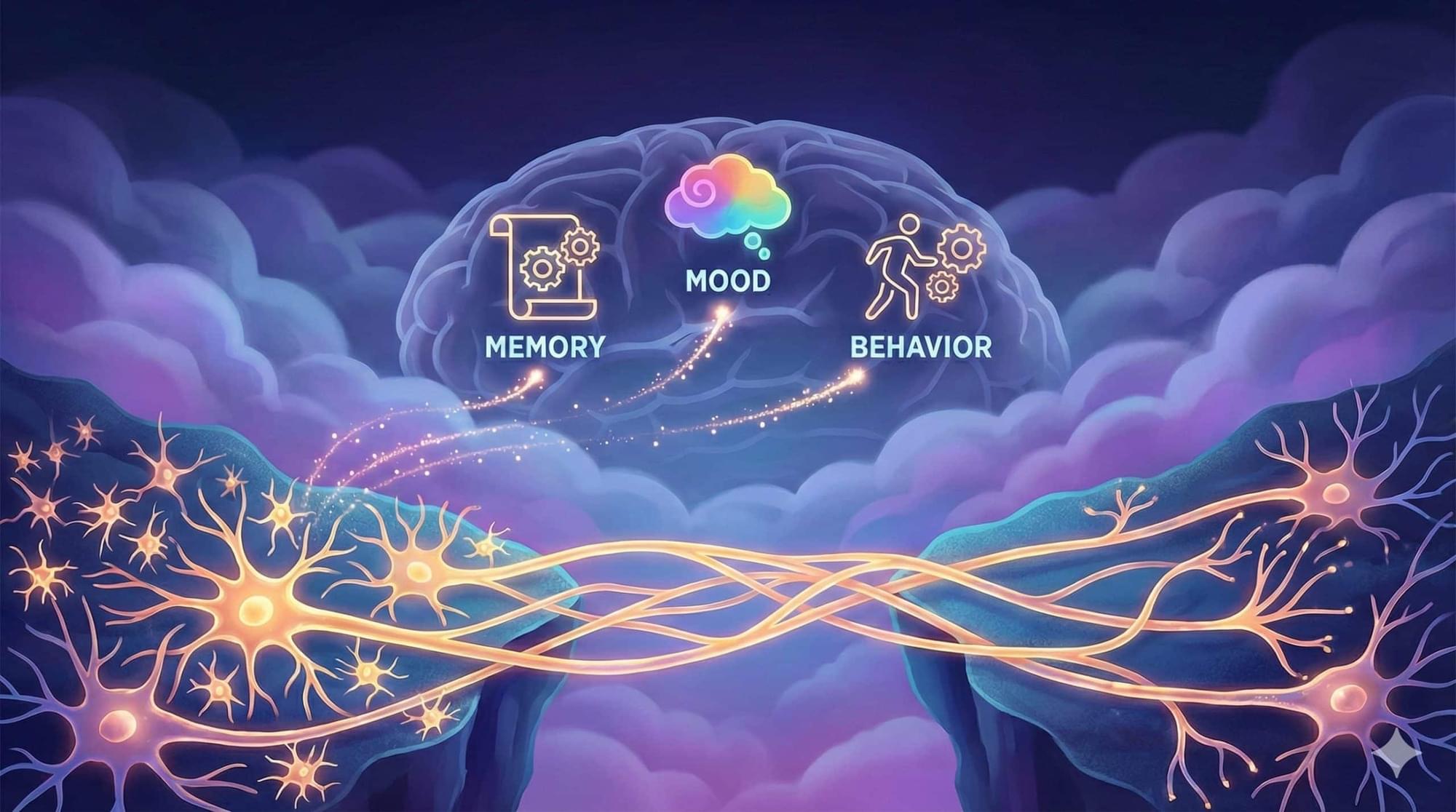Maria Strømme presents a theory in which consciousness comes first, and structures such as time, space and matter arise afterwards. Illustration from the article published in AIP Advances.









The Korean National Police have arrested four individuals suspected of hacking over 120,000 IP cameras across the country and then selling stolen footage to a foreign adult site.
Although the suspects or the websites haven’t been named, the police are already taking action against viewers of the illicitly gained content, as well as the operators of the website, through international collaboration.
“The National Office of Investigation announced that four suspects who hacked over 120,000 IP cameras installed in private homes and commercial facilities and sold the stolen footage on an overseas illegal website have been arrested,” reads an announcement from the National Office of Investigation.

OpenAI’s AI-powered ChatGPT is down worldwide with users receiving errors when attempting to access chats, with no reasons currently given.
If you are affected, you will see errors, “something seems to have gone wrong,” errors, with ChatGPT adding that “There was an error generating a response” to their queries.
In our tests, BleepingComputer observed that GPT keeps loading, and the response never comes.
